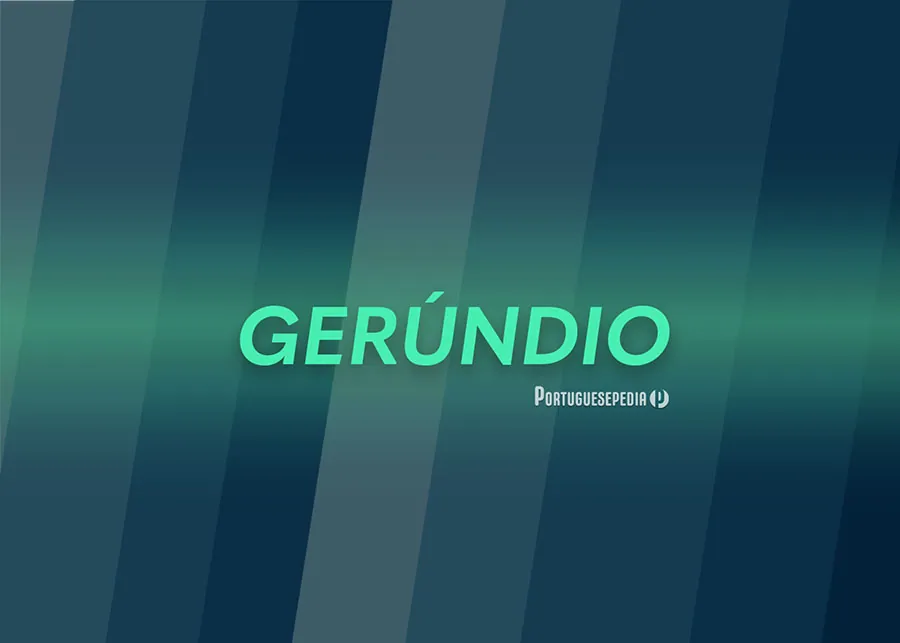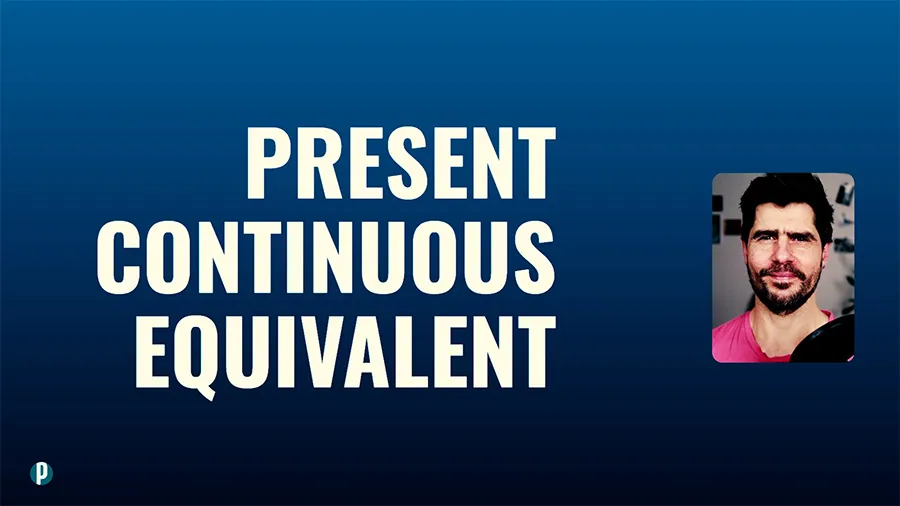
Portuguese Gerund: Progressive Tenses and Beyond
The Portuguese Gerund (Gerúndio) is used to build Progressive tenses (such as the Present Continuous) and is the equivalent of the English Present Participle: the -ing verb form.
To form the Portuguese Gerund you only need to replace the final -r of the Infinitive form with the suffix –ndo:
| Infinitive | Gerund | |
| -ar | pescar (fish) | pescando (fishing) |
| -er | correr (run) | correndo (running) |
| -ir | sair (leave) | saindo (leaving) |
This applies to all verbs regardless of whether they are regular or irregular, or to which conjugation group they belong.
Besides Progressive tenses, we use the Gerund to express and articulate relationships of cause-effect, gradualness, simultaneity, and sequencing in both compound and complex sentences.
Now, only Brazilian Portuguese uses the Gerund to form Progressive tenses. In the European standard, Progressive tenses are normally formed differently. Read on.
! Portuguese vs. English Gerund
In English, the concept of ‘Gerund’ relates to a noun, not a verb (I love fishing). Where English uses the -ing form as a noun, Portuguese uses the Infinitive instead (adoro pescar).
The Portuguese Gerund – Gerúndio – corresponds to the English “Present Participle” as in I was fishing all day.
Progressive tenses: European vs Brazilian Portuguese
Progressive tenses (aka Continuous tenses) are used to express ongoing actions. In Portuguese, Progressive tenses are formed with the auxiliary verb Estar followed by the main verb.
While in Brazilian Portuguese (BP) the main verb comes in the Gerund form, the European standard (EP) uses the Infinitive form preceded by the preposition a.
Let me illustrate this with three Progressive tenses: the Present, Past, and Future Continuous.

Olá! I'm Pedro and I'm your Portuguese teacher.
Ready to unlock the beauty of European Portuguese? Portuguesepedia is your key! This all-in-one platform provides a wealth of learning resources, from bite-sized video lessons to immersive idiomatic dips. Perfect your pronunciation and aural comprehension with listening drills and solidify your grammar with in-depth articles. Start your Portuguese journey today!
Share this article
Get my guide "Key Strategies to Learn Portuguese" for FREE.

